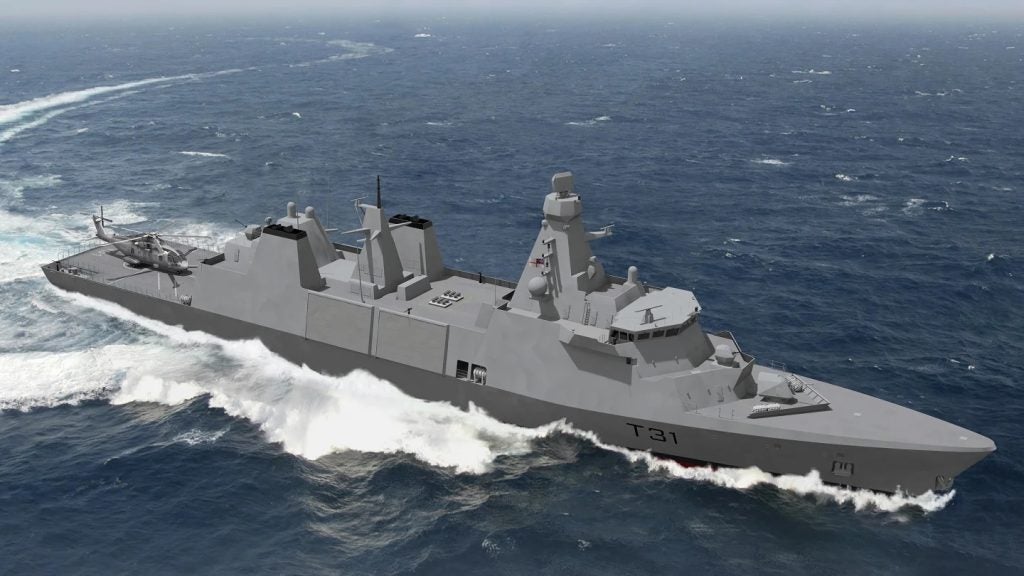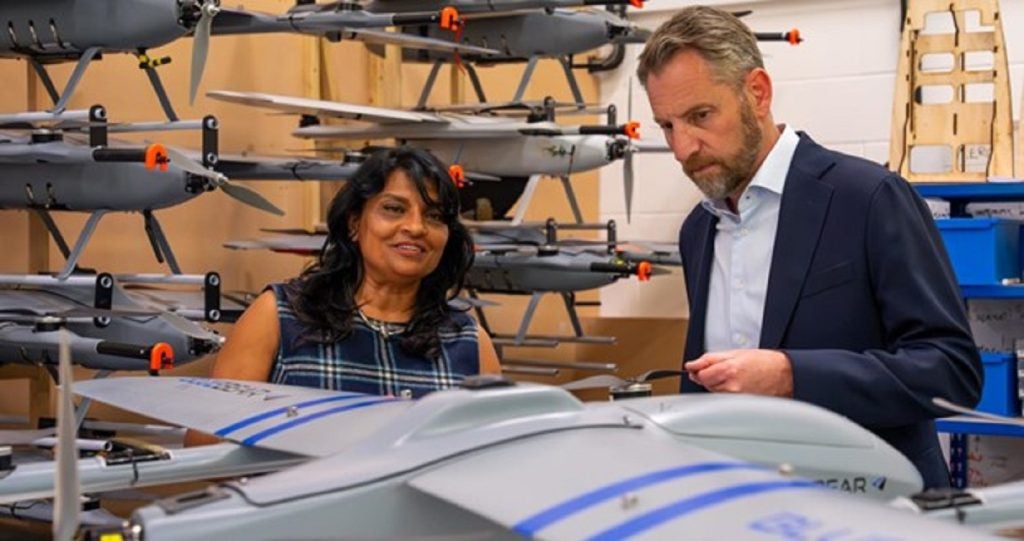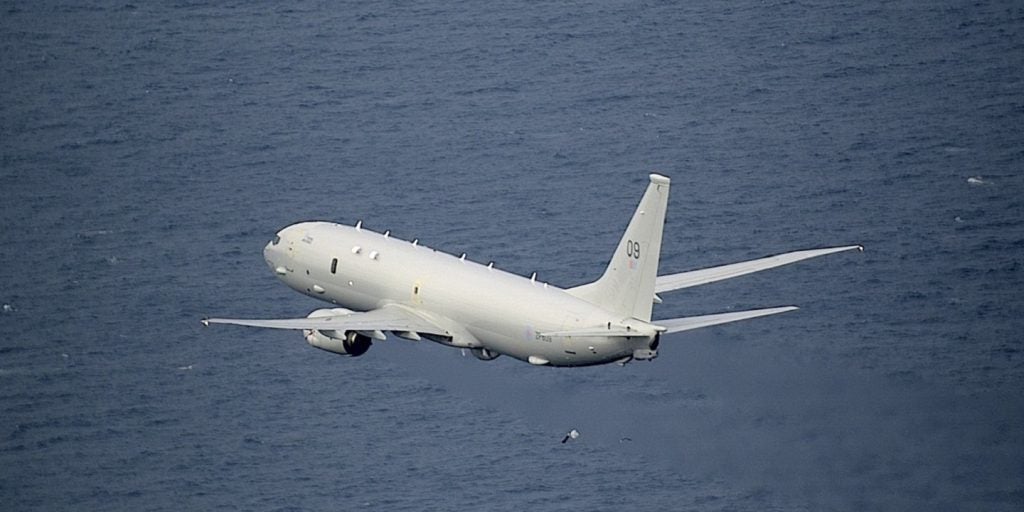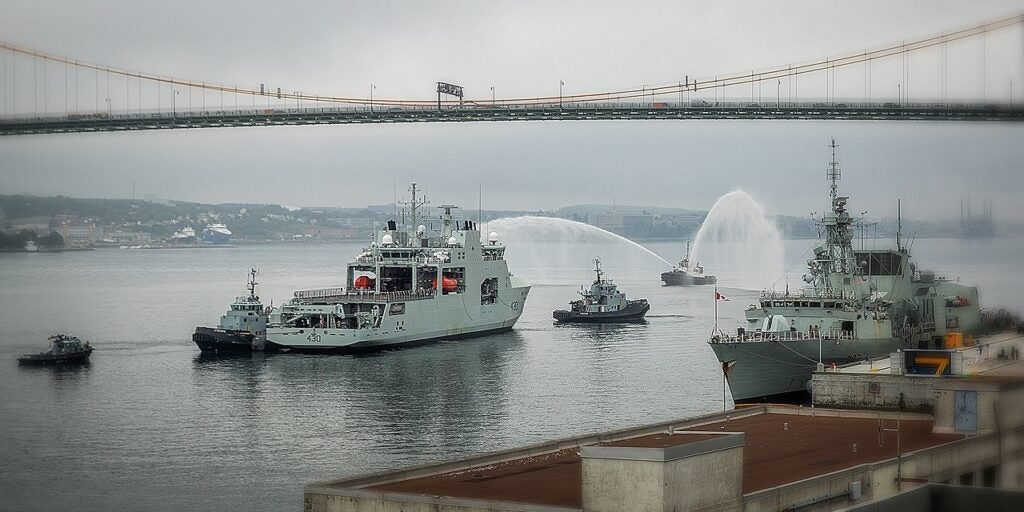The UK Ministry of Defence (MoD) has issued a Request for Information (RfI) into the operational and training ammunition compatible with the BAE Systems 57mm naval weapon system and 40mm Bofors gun, which will be installed on the Royal Navy’s new Type 31 frigates.
Not since classes such as the initial Leander light frigate of the 1960s and 1970s has a Royal Navy warship been so gun centric, with the single 57mm main gun and two 40mm secondaries offering the Type 31 platform considerable kinetic effect at short ranges. The combination has likely been chosen with an eye on threats such as swarming crewed or uncrewed small boats and aerial threats.
Published on 31 August, the RfI is intended to “alert the market of an early engagement opportunity” relating to Type 31 57mm and 40mm operational and training naval ammunition”, according to the MoD notice.
The intention is to “grow the understanding of the medium calibre naval ammunition market, its readiness, supply chain resilience and competitiveness including key players”, gather knowledge of alternative options from potential bidders, and “understand the operational performance” of alternative ammunition.
A short deadline, which is due on 15 September, is the cut-off for industry expressions of interest.
Type 31 naval gun selection: the data
The BAE Systems Mk 110 57mm naval gun systems is relatively common across vessels operated by the US Navy (USN) and US Coast Guard, having been selected for use on the upcoming Constellation-class frigates being built for the USN, and currently fitted to the Freedom- and Independence-class Littoral Combat Ships. The 57mm main gun is also fitted to the 4,500 tonne Legend-class cutters operated by the US Coast Guard.
According to BAE Systems the Mk 110 is capable of automatic salvo fire at a rate of up to 220 round per minute and can feature a selectable fuze for each round as required, depending on desired effect.
Mk 110 57mm naval gun
| Rate of fire | 220 rounds/min |
| Ammunition capacity | 120 rounds |
| Maximum range | >9nm |
| Loading time | 3-5 minutes |
| Elevation | −10° to +77° |
| Weight | 14,960lbs/6,800kg |
The 40mm Bofors meanwhile can utilise the 3P all-target ammunition, programmed for optimised effect against targets, including airburst patterns for new threats “that were previously impossible to engage”, according to manufacturer BAE Systems.
Bofors 40mm naval gun
| Rate of fire | 300 rounds/min |
| Ammunition capacity | 100 rounds |
| Maximum range | 12.5km |
| Muzzle velocity | 1012 m/s (3P) |
| Elevation | −20° to +80° |
| Weight | 2,300kg |
However, the issuance of the RfI by the UK MoD indicates that it is exploring what alternative ammunition options might exist for the Type 31 frigates, which are not due to enter service for several years.
Type 31 progress amid dispute and design changes
The first two ships in class, HMS Venturer and HMS Active, are currently in manufacture at Babcock’s Rosyth shipyard, with much of the hull and superstructure of the former completed. The class is also undergoing a slight design change to accommodate the integration of the Lockheed Martin Mk 41 vertical launch system, which could remove the initially planned Sea Ceptor 'mushroom farm' air defence system, mounted amidships.
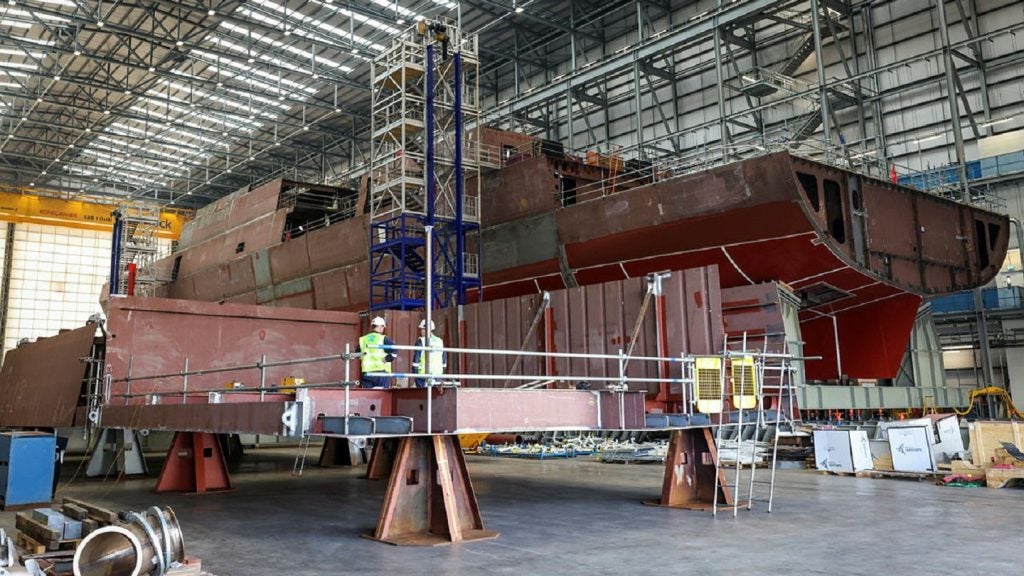
In April this year Babcock began a dispute resolution process (DRP) with the UK MoD to determine liability for increased costs being sustained on the Type 31 frigate programme, with up to £100m ($126.7m) in additional funds needed.
Providing a 2023 financial year and Type 31 programme update on 20 April, Babcock said it recognised over £600m in revenue on the Type 31 programme, which remained on schedule and due to conclude in 2028. However, the programme’s production plan was described as “demanding”, given the impact felt by UK industry during the Covid-19 pandemic, and had seen an increase in actual and projected costs.
Continuing, Babcock said that despite having been in dialogue with the MoD as to who is responsible for the additional costs under the contract, it had been “unable to reach agreement” and as such, has seen a DRP commence. A DRP could result in arbitration to determine who should bear the increased costs of the programme.
The original contact was signed in November 2019 to deliver five Inspiration-class Type 31 general purpose frigates, at an average production cost of £250m per vessel.
The Type 31 class was born from the realisation by the UK MoD that it could not afford to acquire 13 Type 26 anti-submarine warfare frigates from UK defence prime BAE Systems, instead constraining that programme to eight hulls. A stop-start competition to determine an alternative five-ship frigate requirement was won by Babcock using its Arrowhead 140 design, heavily derived from the Danish Iver Huitfeldt-class frigates.


